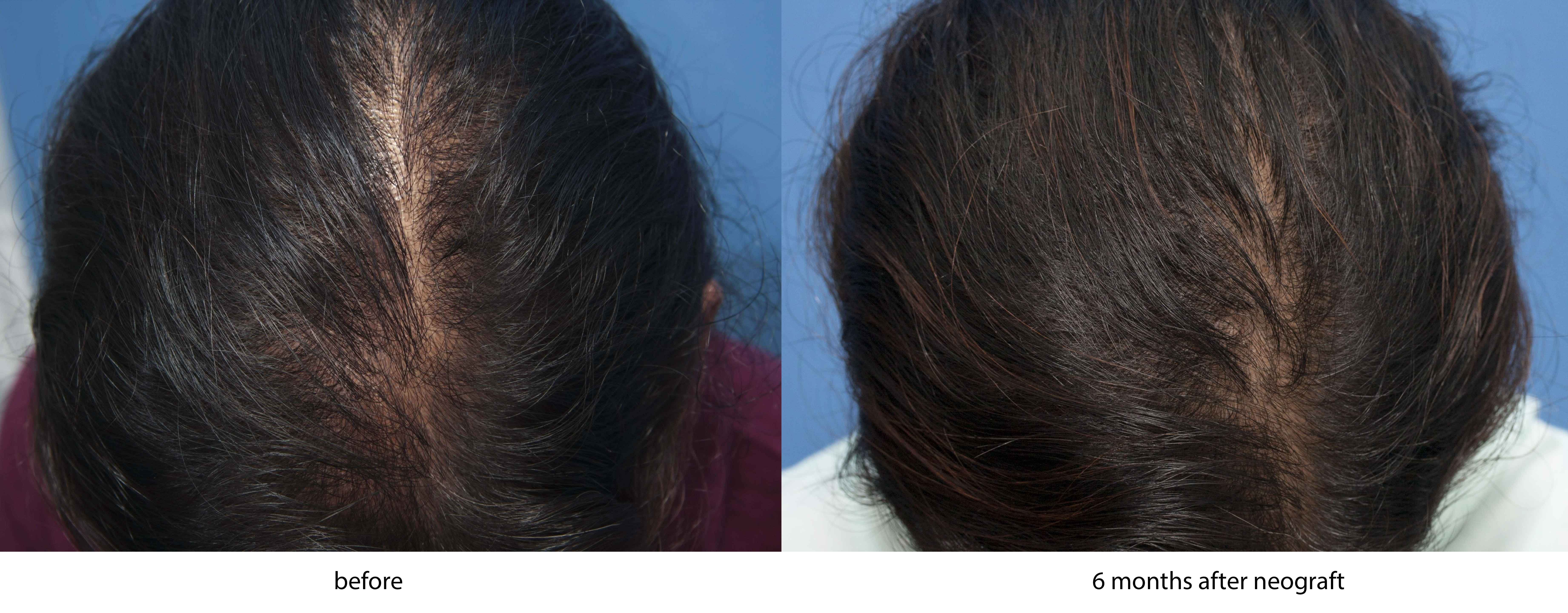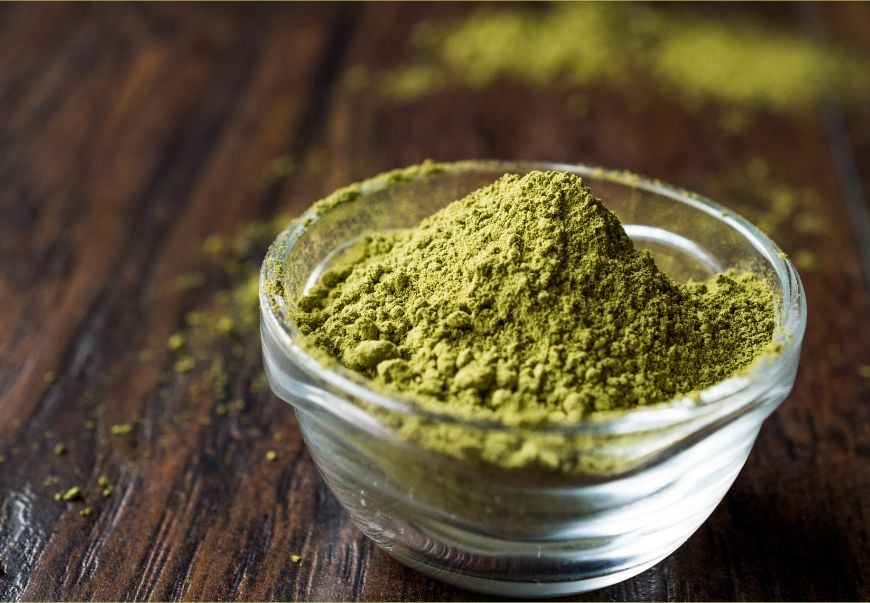Table Of Content

If a person is concerned about hair loss or if it affects their mental well-being, they may wish to consult a doctor. It is often acute, which means it occurs suddenly and for a limited time, but it can also be chronic, or long-term. Speak with a doctor about any troubling hair loss, shedding, or thinning you may be experiencing. Your doctor can help determine the cause of your symptoms and put together a treatment plan. A 2020 study tracked 79 women taking spironolactone daily (doses ranged from 25–200 mg) for a minimum of 6 months. Nearly two-thirds of participants experienced some kind of improvement after 1 year.
When to connect with a doctor

The women’s product, however, is less concentrated and contains just 2% minoxidil. You can expect to see results after 120 days of daily use, according to the brand. While the process of thinning hair can be concerning at first, many types of thinning hair are treatable.
How is hair loss diagnosed?
Male-pattern baldness typically appears first at the hairline or top of the head. A dermatologist can also help find a suitable treatment option. Proteins, fats, and certain vitamins and minerals are important for hair health. A number of home remedies may improve hair growth, although not all of them have scientific backing. People apply the product directly to the areas of thinning hair.
What are the symptoms of hair loss?
9 Best Vitamins for Hair Growth, According to Dermatologists 2024 - Glamour
9 Best Vitamins for Hair Growth, According to Dermatologists 2024.
Posted: Mon, 15 Apr 2024 07:00:00 GMT [source]
You can also ask your doctor about oral minoxidil as a treatment for androgenetic alopecia. Hair loss in women is natural part of the aging process, with most women experiencing hair loss after menopause. More than half of women ages 65 and older will experience some degree of hair loss. In fact, you probably lose between 50 and 100 single hairs each day, according to the American Academy of Dermatology (AAD). Thinning hair is a concern for many people, but there are several ways to cover it effectively.
Mayo Clinic Minute: Expert advice for women with thinning hair
It may take some trial and error to narrow down which combo of hair loss treatments works best for you, but the above derm-recommended options will, hopefully, encourage your strands to make a comeback. Friction-induced folliculitis might require nothing more than laying off the hairstyling practice that triggered it until you’re fully healed. And no matter the underlying cause, “corticosteroids may be recommended to alleviate inflammation in more severe cases,” Dr. Mitchell says. We rounded up dermatologist- and trichologist-approved options to help promote hair growth and keep your strands healthy. One example is alopecia areata, which is an autoimmune disorder where your immune system attacks hair follicles, causing thinning hair and sudden hair loss. Depending on the severity, hair loss may be mild or patchy, or more significant.
stress
Researchers also believe that smoking can disrupt the growth cycle of your hair and even lead to color loss. If you’re low in several key areas, your doctor might recommend a daily multivitamin. Healthy hair needs iron, folic acid, and zinc to keep growing thick and strong. Look for daily supplements for males and females that meet these criteria. Some options are OLLY Heavenly Hair Gummies and HUM Hair Strong Gummies. Both males and females can develop androgenetic alopecia, but they experience it in different ways.
Products & Services
The cause of this condition is unknown, but it primarily affects older women. In the type of patchy hair loss known as alopecia areata, hair loss occurs suddenly and usually starts with one or more circular bald patches that may overlap. Before pursuing hair loss treatment, talk with your doctor about the cause of your hair loss and treatment options. Some treatments and home remedies can help improve the hair’s strength and overall health. In most cases, thinning hair does not result from overall health issues.
Cancer: Managing Symptoms Discussions
One way to do this is to make a list of all your good qualities and focus your energy on celebrating these attributes. Losing your hair as a woman, especially if you're young or at a vulnerable time in your life, can badly affect your confidence. Several serious diseases also attack the hair follicle, says Robert Brodell, a dermatologist at the University of Mississippi Medical Center. Hair loss, or alopecia, affects more than 80 percent of men and 50 percent of women, and the risk increases with age. Melanie Rud is a Chicago-based writer with 10 years of experience covering beauty. She covers all things skincare for Byrdie, from ingredients to acne advice.
Thinning hair may be caused by lifestyle habits, genetics, or both. The most common cause of hair loss in females is androgenetic alopecia, which has strong links to genetics and can run in families. According to the National Alopecia Areata Foundation (NAAF), injecting corticosteroids directly into the hairless patch may encourage new hair growth. Topical corticosteroids, which are available as creams, lotions, and other preparations, may also reduce hair loss.
Other times, your healthcare provider will need to do some detective work to figure out what’s causing your hair loss. As part of your hair’s growth cycle, new strands grow and take the place of the ones you shed. Research suggests it's effective for about 40% of women with this condition.

Anyone who notices sudden, unexpected hair loss should seek medical advice. After 6 months, both the participants applying rosemary oil and those applying topical minoxidil experienced significant hair growth. Some studies suggest that rosemary oil could improve scalp health by increasing blood flow. Androgenetic alopecia, which health experts also refer to it as male pattern and female pattern baldness, results from genetic and hormonal factors. Hair loss can also result from genetic factors, nutrient deficiencies, stress, and several health conditions. Treatment for thinning hair will depend on its cause, but may include medications, dietary changes, and more.
If you have alopecia, you can help hold onto your tresses by avoiding behaviors that are known to contribute to temporary and permanent hair loss, Mirmirani says. Generally speaking, the sooner you start treatment, the more options you have and the better your results, dermatologists say. “As soon as you notice hair loss is happening, you should come in,” says Lauren Eckert Ploch, a dermatologist in Aiken, South Carolina. While alopecia doesn’t typically affect your physical health, the emotional and psychological distress it can cause are very real.
With that in mind, consider these the serums worth trying to achieve your unique hair goals. Talk to your healthcare provider about what may be causing your hair loss. In many cases, effective treatments exist that can slow hair loss and help spur new hair growth. And many people find ways to thrive and feel great, no matter how much — or how little — hair they have. It’s the most significant cause of hair loss in women and people AFAB. Approximately 30 million women and people AFAB in the United States have female pattern baldness.
While research supporting the benefits of acupuncture remains limited, acupuncture is considered a fairly safe treatment when performed by a trained and licensed acupuncturist. You also have the option of topical corticosteroids, but they aren’t necessarily as effective. Oral corticosteroids may cause a range of unwanted side effects.

No comments:
Post a Comment